Earlier this month, the British Columbia Labour Relations Board (BC LRB) released its annual report covering 2022. This gives us an opportunity to review the initial impact of card-check union certification, which the province passed last June. So far, the numbers suggest that card-check is making it easier for workers to form unions.
The B.C. NDP government announced its intention to re-introduce a “single-step” unionization law last April and then followed through in June with Bill 10. The BC Federation of Labour had called on the government to enact card-check, pointing to polling they conducted through the communications firm Stratcom that showed 70 per cent public support for the proposal.
Thanks to Bill 10, workers in B.C. can now form a union bargaining unit when 55 per cent of eligible members have signed union cards. Prior to the amendments introduced by this bill, unions needed to show that a minimum of 45 per cent of workers at a jobsite supported unionization through signed cards, and then win a majority in a mandatory labour board-supervised vote. Even in instances where unions could demonstrate a clear majority of support via cards, the previous “two-step” process required a vote. Under the new law, unions can still opt for a vote with 45 per cent support, if they choose.
It’s widely recognized that two-step certification reduces the success of union certification applications by providing employers with additional time to undermine workers’ efforts to form unions. Despite relatively short timelines between the submission of signed cards and board-supervised elections, the old procedure nevertheless created space for employers to dissuade workers from voting to unionize. Through the Starbucks Workers United campaign in the United States, the public has gotten a rare, unobstructed view of just how ruthless employers’ anti-union crusades can be. While Canadian labour law thankfully puts a lid on the most extreme employer union avoidance tactics, two-step certification inarguably makes it more difficult to certify a union in the provinces where a mandatory vote is required. Winning card-check was, therefore, a significant victory for the B.C. labour movement.
At the same time, some questioned how impactful the reform might ultimately be. Had the labour movement’s organizing capacity withered after years of employer assault and unfavourable economic conditions? Would card-check be enough to reverse decades of falling union density? Would the BC LRB be well-resourced enough to turn workers’ desire for union representation into new bargaining units?
The labour board’s annual report shows that card-check is indeed making a difference. Overall, union certification applications in B.C. increased 59.3 per cent year-over-year, going from 108 filed in 2021 to 172 filed in 2022. Notably, more than 66 per cent of applications for new bargaining units occurred after card-check came into force in June 2022.
Of the 155 applications that the board finished processing by the end of 2022, 135 resulted in new union bargaining units. The law therefore also appears to be improving the success rate of union applications. In 2021, slightly more than 79 per cent of applications resulted in a union certification. Last year, 87 per cent of applications resulted in a new bargaining unit. The total number of workers across new bargaining units also grew by 52.6 per cent. In 2021, certifications resulted in 2,766 new union members. For 2022, that figure is 4,222. In other words, despite only being in effect for the latter seven months of 2022, card-check has clearly been a net positive for workers and unions.
Overall, it doesn’t seem that card-check has noticeably increased certifications in any one sector or industry. The growth in certification applications in 2022 is fairly evenly spread across sectors and workplaces. In other words, there isn’t yet any evidence that card-check is generating advantages for workers in hard-to-organize industries or small workplaces. In both 2021 and 2022, bargaining units with 50 or fewer members accounted for 81 per cent of new certifications. As further sectoral evidence, in 2021 unions formed six bargaining units representing 571 workers in the accommodation and food services industry. This amounted to 8 per cent of total certifications, but, remarkably, more than 20 per cent of new union members. Last year, just three new bargaining units representing 45 workers were certified in the sector.
On the other hand, card-check does appear to have aided workers in healthcare and social assistance, which includes those working in private sector facilities, such as long-term care homes. The number of new bargaining units more than doubled from 19 in 2021 to 39 in 2022. In 2021, this amounted to 1,047 new union members across those 19 units; in 2022, unions gained 1,852 new members across 39 units.
Card-check has also greatly increased the efficiency of the labour board. Now that most certification applications no longer require the additional step of a mandatory election, applications can be processed, and unions certified, much more quickly. In 2021, it took the board an average of 46 days to process a certification application, i.e. to verify signed cards, hold an election and certify the results. After Bill 10, it took an average of only eight days. It can’t be stressed enough how important speeding up the certification process is, especially for workers whose employer is hostile to their organizing effort.
Employers and the business lobby frequently object that card-check makes it harder to verify union support. Signed union cards, according to this argument, aren’t as reliable as a secret ballot vote. As expected, this turns out to be entirely false. Board Officers at the BC LRB performed random union membership audits on 65 per cent of applications filed after card-check came into force. Only four workers out of the 569 contacted indicated that they didn’t sign a union card or were unsure if they had. That’s a whopping 0.7 per cent of those sampled. On the other hand, unions impressively applied for certification with an average of 74 per cent of eligible workers’ support after the card-check law came into force. No comparable figures are reported for 2021, so we don’t know if this represents an improvement from the previous year. Nevertheless, on its own it’s still a remarkable figure.
Some might object that the comparison to 2021 is unfair because the COVID-19 pandemic potentially made it more difficult for unions to organize and file certification applications. If this were true, the base year of comparison would make 2022’s figures less impressive and less accurate. However, we should keep in mind that many unions reported increased interest from workers in 2020 and 2021. Perhaps more importantly, labour boards introduced and expanded electronic voting to make it easier for workers to vote in elections during the pandemic. The BC LRB, in particular, announced in June 2021 that it would continue with electronic voting. Likely in part because of this policy, there was no significant drop in certification applications in 2021 relative to the years before the pandemic. As well, online voter turnout in union certification elections was consistently high, averaging 86 per cent in 2020 and 84 per cent in 2021.
Overall, the BC LRB’s figures for 2022 are very promising, particularly since card-check was only in force from June onward. A whole calendar year with this policy in place could show even better results. The B.C. numbers are especially good news given that the province has suffered the largest union decline in the country. While all provinces, with the exceptions of New Brunswick and Nova Scotia, saw union membership fall by roughly 2 to 3 per cent between 1997 and 2022, B.C.’s unionization rate plummeted 6.8 per cent.
How much card-check might contribute to reversing the decline in union density over the long run remains to be seen, however. While certifying 135 new bargaining units in 2022 is unequivocally good news, and an improvement over recent years, it’s still a far cry from the number of annual union certifications registered in B.C. a couple of decades ago. For example, in 1996, ’97 and ’98, unions formed 430, 409, and 348 new bargaining units, respectively. In other words, 2022 may have reversed the province’s downward trend in union applications and certifications, but it’s less clear that card-check alone can fully turn the tide.
For now, we can celebrate. But there’s plenty more work to do.


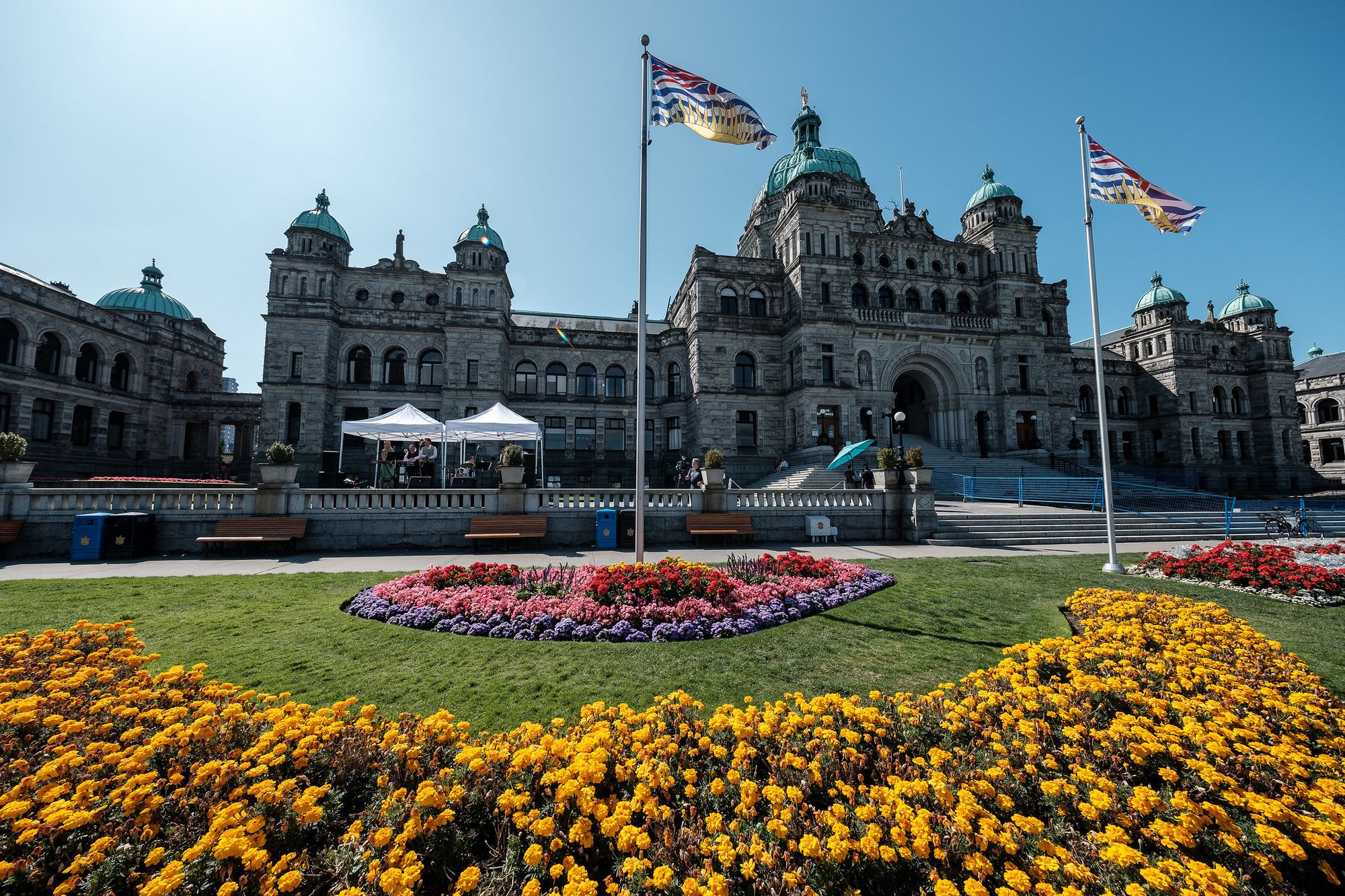
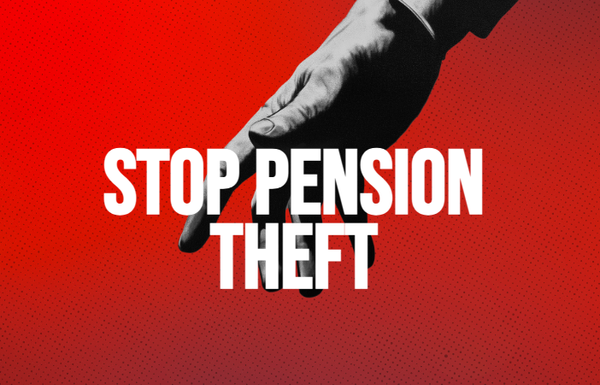
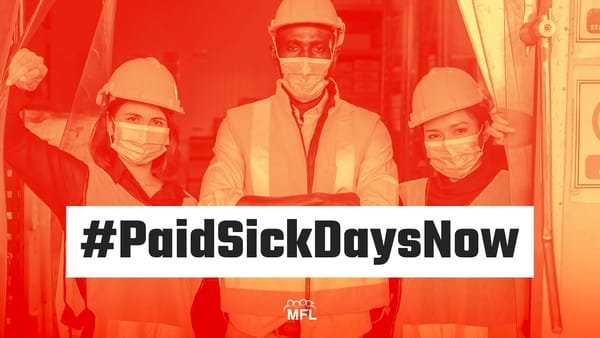
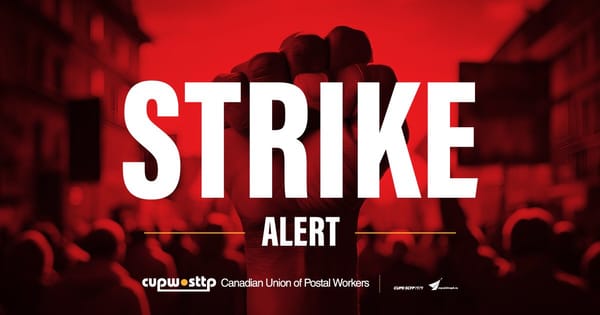

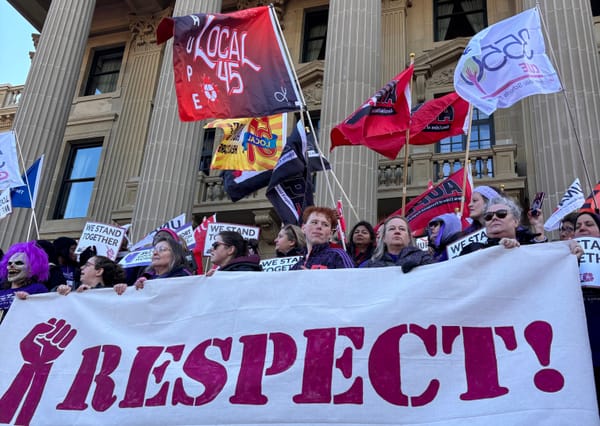
Member discussion